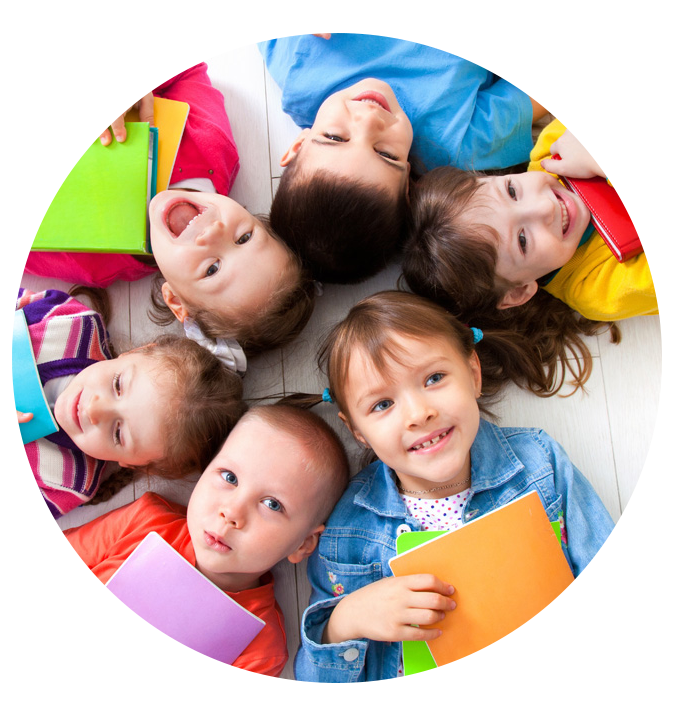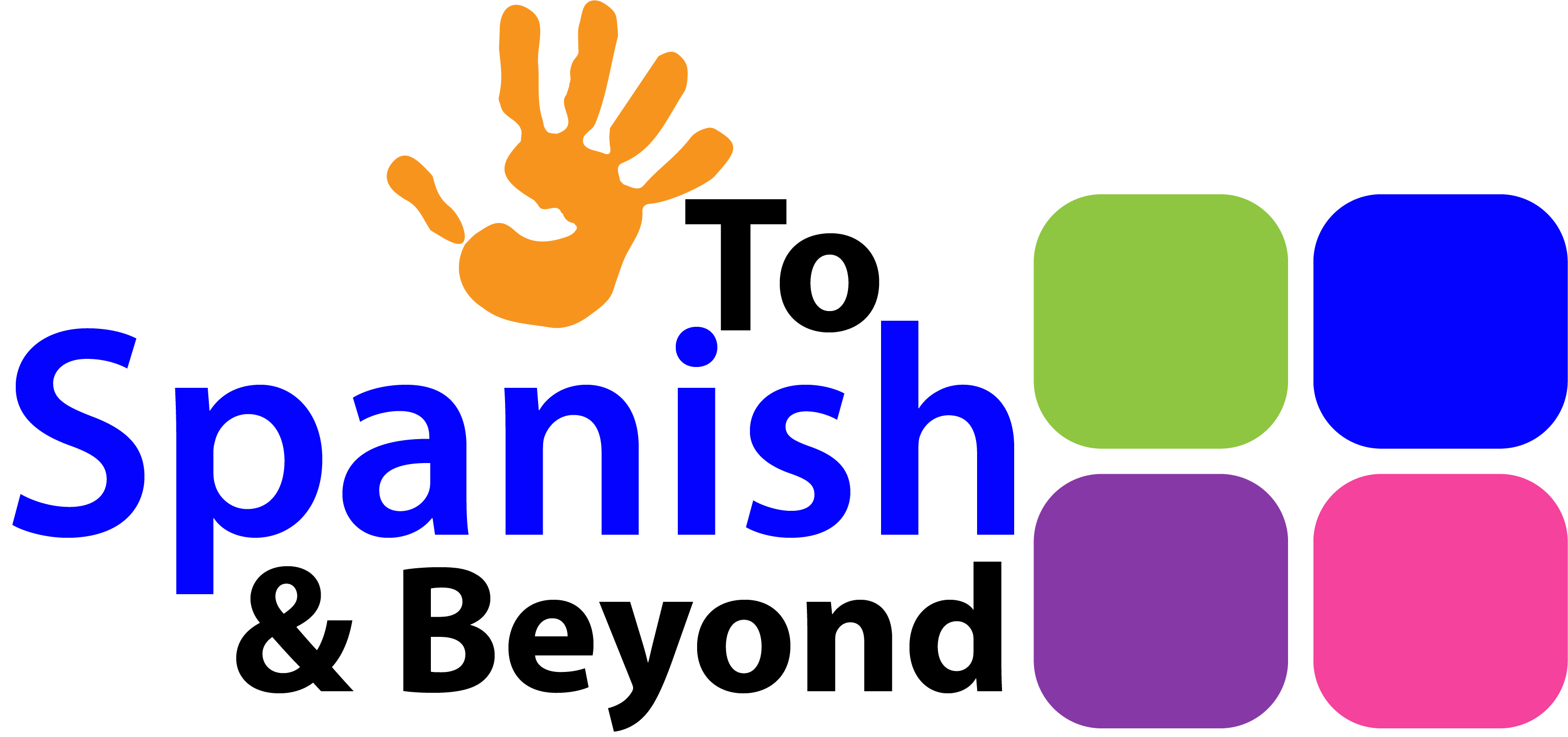Bilingual early stimulation (0 to 12 months)
Our bilingual early stimulation program is designed to strengthen the bond between parents and child while they interact with a different language in fun and natural ways.
1- Curriculum
Our program is designed to help infants learn through routine, repetition, exploration, and fun. The high-level curriculum will be:
-
Body movements
- ✓ Sit
- ✓ Crawl
- ✓ Stand up
- ✓ Hand-eye coordination
- ✓ And much more
-
Language development
- ✓ Social laughter
- ✓ Sound recognition and imitation
- ✓ Early syllable pronunciation
- ✓ Understanding and following instructions

*Please note each student will have a customized program according to their age and some students may not be able to perform all activities in the curriculum right away.
2- Expected Activities
Students will develop their skills through different fun, interactive, and sensory activities such as:
-
Activities
- ✓ Games
- ✓ Massages from parents
- ✓ Songs
- ✓ Movements and exploration
- ✓ Sensory experiences
3- Benefits
The infants who participate in our early stimulation program have shown improved development in the following areas:
-
Benefits may include
- ✓ Fine motor coordination
- ✓ Gross motor coordination
- ✓ Social skills
- ✓ Cognitive skills
- ✓ Early exposure to Spanish will help the student understand, follow instructions and finally, reproduce the native speaker pronunciation
- ✓ Understand and follow instructions
- ✓ Early exposure to Spanish will help the student reproduce native speaker pronunciations
4- Parent Involvement
Bilingual early stimulation will not only help the infants develop skills, but it will help parents build a deeper bond with their child. Therefore, the program is designed to have parents actively participate during all the classes.

5- Monthly Check-ins
Monthly check-ins are good opportunities for the following conversations:
-
Check-ins
- ✓ Evaluate effectiveness of after class activities and progress made
- ✓ Demonstrate progress to family members not involved in regular lessons
- ✓ Adjust program to reflect new goals and objectives
